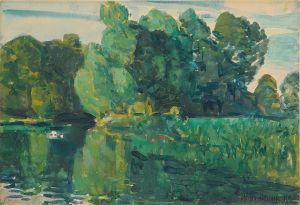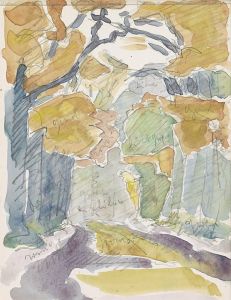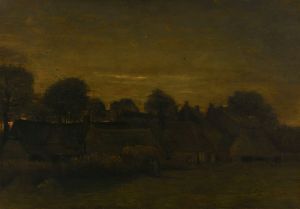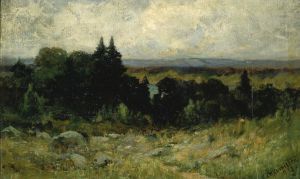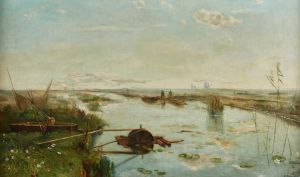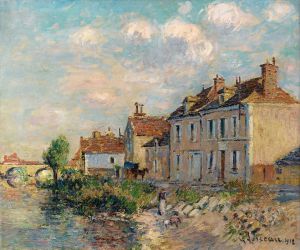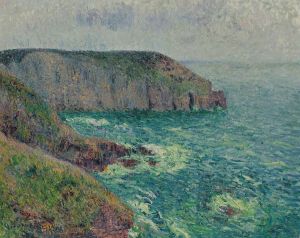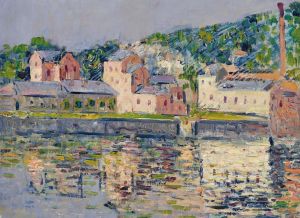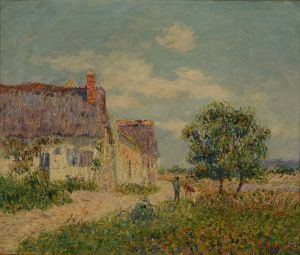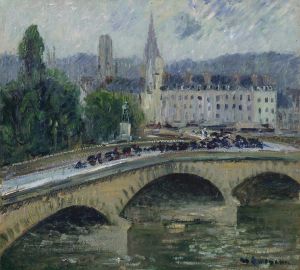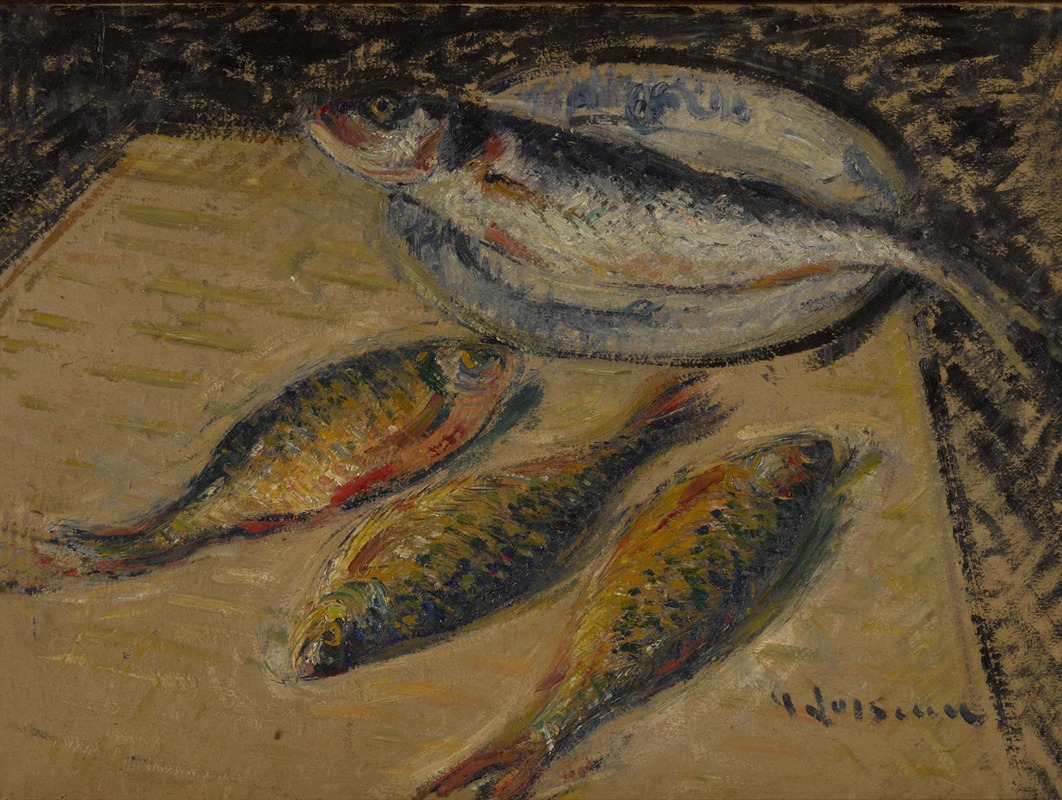
Bar et gardons
A hand-painted replica of Gustave Loiseau’s masterpiece Bar et gardons, meticulously crafted by professional artists to capture the true essence of the original. Each piece is created with museum-quality canvas and rare mineral pigments, carefully painted by experienced artists with delicate brushstrokes and rich, layered colors to perfectly recreate the texture of the original artwork. Unlike machine-printed reproductions, this hand-painted version brings the painting to life, infused with the artist’s emotions and skill in every stroke. Whether for personal collection or home decoration, it instantly elevates the artistic atmosphere of any space.
Gustave Loiseau (1865–1935) was a French Post-Impressionist painter known for his landscapes and scenes of rural life. He was associated with the School of Paris and was influenced by the Impressionist movement, particularly by artists such as Claude Monet and Camille Pissarro. Loiseau developed a distinctive style characterized by his use of color and light, as well as his unique brushwork technique known as "en treillis," which involved creating a lattice-like texture on the canvas.
"Bar et gardons" is one of Loiseau's works that exemplifies his focus on capturing the essence of the French countryside. Although specific details about this particular painting are limited, it is consistent with Loiseau's broader body of work, which often depicted tranquil, bucolic scenes. His paintings frequently feature rivers, fields, and rural villages, rendered with a sensitivity to the changing effects of light and atmosphere.
Loiseau's approach to painting was deeply rooted in direct observation of nature. He often painted en plein air, a practice popularized by the Impressionists, which involved painting outdoors to capture the natural light and colors of the landscape. This method allowed him to convey the transient qualities of the environment, such as the shifting patterns of light and shadow, and the subtle variations in color that occur throughout the day.
The title "Bar et gardons" suggests a focus on fish, specifically bar (bass) and gardons (a type of freshwater fish known as roach). This indicates that the painting may depict a scene related to fishing, a common pastime in rural France. Loiseau's interest in such subjects reflects his broader fascination with everyday life and the simple pleasures of the countryside.
Loiseau's work is characterized by a harmonious palette and a rhythmic composition, which together create a sense of calm and serenity. His paintings often evoke a nostalgic appreciation for the natural world and the traditional ways of life that were rapidly changing during his lifetime due to industrialization and urbanization.
Throughout his career, Loiseau exhibited regularly at the Salon des Indépendants and the Salon d'Automne, two important venues for avant-garde artists in Paris. His work was well-received by critics and collectors alike, and he became known for his ability to capture the poetic beauty of the French landscape.
Today, Gustave Loiseau's paintings are held in numerous public and private collections around the world. His work continues to be celebrated for its contribution to the Post-Impressionist movement and its enduring appeal as a testament to the beauty of the natural world. While specific information about "Bar et gardons" may be limited, it remains an integral part of Loiseau's artistic legacy, reflecting his mastery of color, light, and composition.





